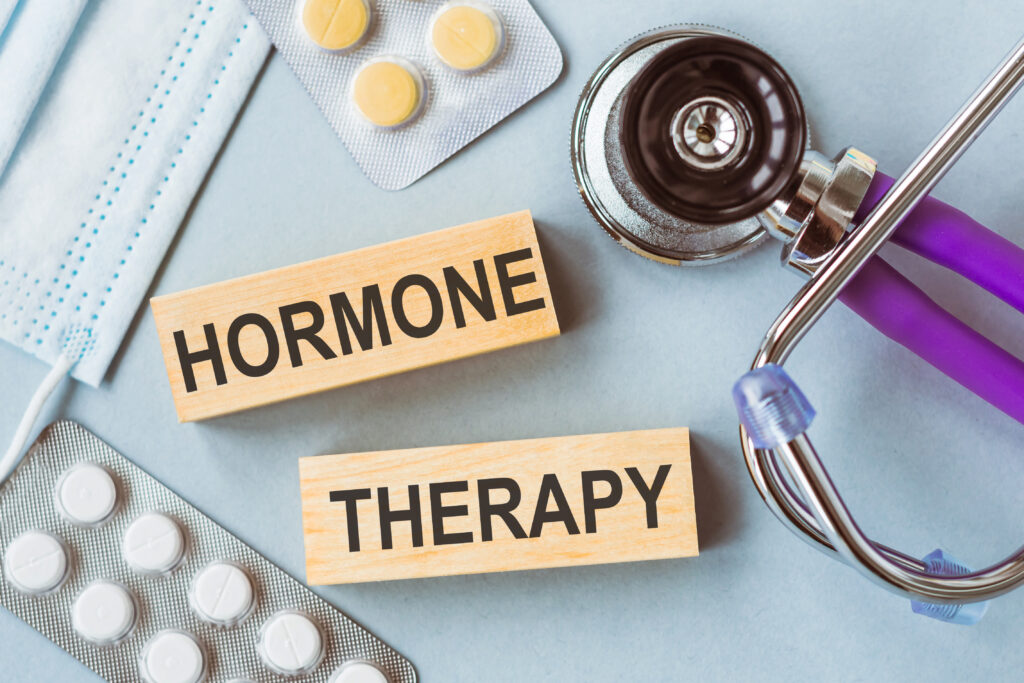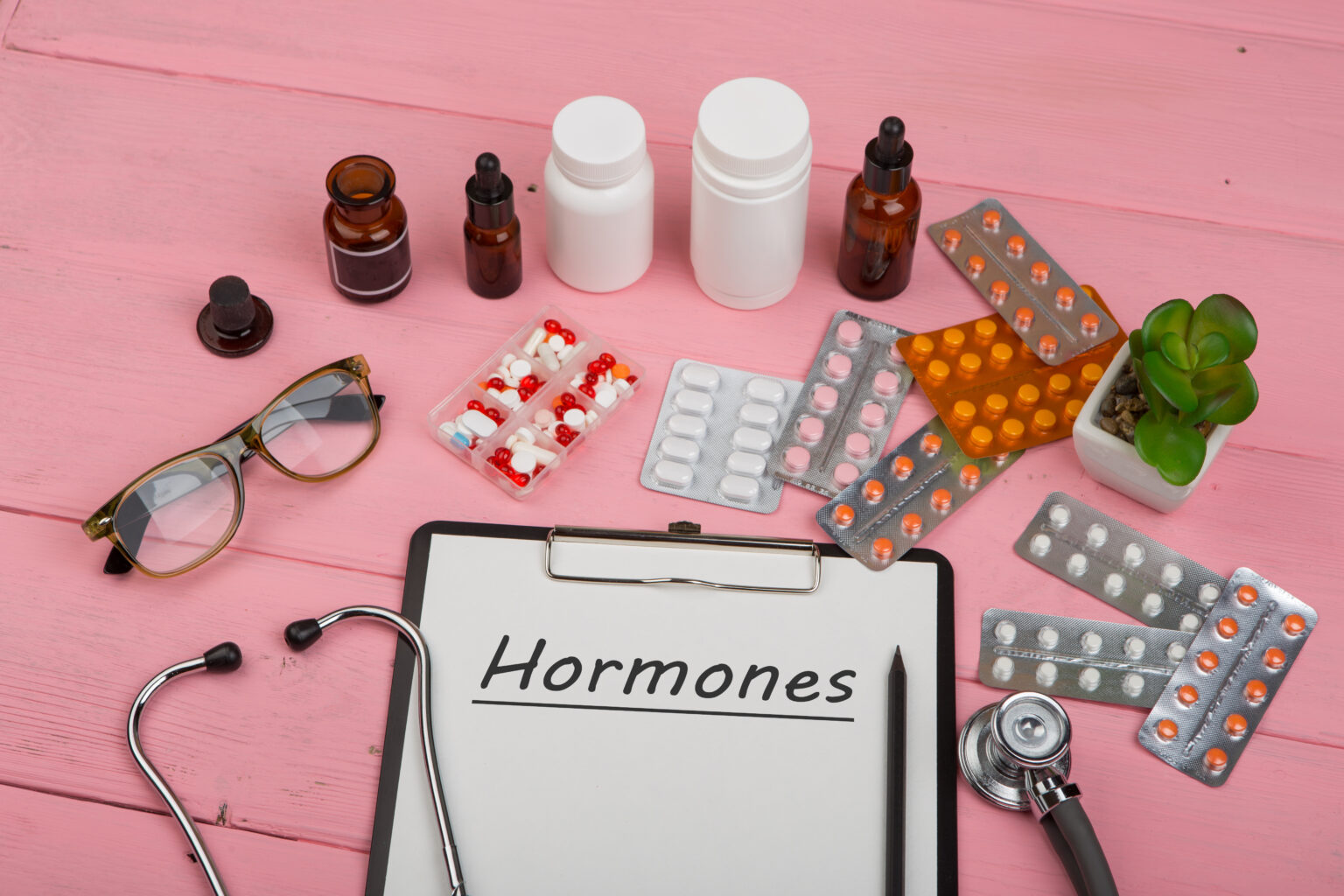Discover why hormone therapy for hot flashes stops working and explore 5 hidden reasons with proven solutions. Get expert insights on alternative treatments.
You wake up drenched in sweat again, wondering why your hormone therapy for hot flashes suddenly feels useless.
After months of relief, those familiar waves of heat have returned with a vengeance, leaving you frustrated and searching for answers.
Understanding When Treatment Fails
When hormone therapy stops providing relief, you’re not alone in this struggle.
Studies show that 20-30% of women experience reduced effectiveness in their treatment within the first two years.
The good news? There are specific reasons why this happens, and most have workable solutions.
Your body changes constantly during menopause, and what worked six months ago might need adjustment today.
Let’s explore the hidden factors that could be sabotaging your relief.
The 5 Hidden Reasons Your Treatment Fails
Reason 1: Your Hormone Levels Have Shifted
Your natural hormone production doesn’t stop overnight. During perimenopause and early menopause, your estrogen levels fluctuate wildly. These changes can make your current dose either too strong or too weak.
Recent blood work becomes crucial here. Many doctors prescribe hormone therapy based on initial symptoms, but they don’t always monitor ongoing hormone levels. When your natural production drops further, you might need dose adjustments.
What you can do: Ask your doctor for updated hormone level testing every six months. Compare these results to your baseline measurements from when treatment started.
Reason 2: Medication Interactions Are Blocking Absorption
New medications can interfere with how your body processes hormones. Common culprits include certain antidepressants, blood pressure medications, and even over-the-counter supplements.
Problematic combinations often include:
- St. John’s Wort (reduces hormone effectiveness by 30%)
- Some seizure medications
- Certain antibiotics during treatment periods
Reason 3: Your Delivery Method Needs Changing
Hormone therapy comes in patches, pills, gels, and other forms. Your skin, digestive system, or absorption rate might have changed, making your current method less effective.
| Delivery Method | Absorption Rate | Common Issues |
| Oral tablets | 60-70% | Digestive changes, liver processing |
| Skin patches | 80-90% | Skin sensitivity, adhesion problems |
| Topical gels | 75-85% | Application inconsistency |
Switching delivery methods often restores effectiveness when absorption becomes the problem.
Reason 4: Lifestyle Changes Are Working Against You
Weight gain, increased stress, or changes in sleep patterns can all reduce hormone therapy effectiveness. Even a 10-15 pound weight gain can alter how your body processes and distributes hormones.
Stress particularly impacts treatment success. High cortisol levels from chronic stress can interfere with estrogen function, making your hot flashes worse despite treatment.
Reason 5: Your Body Has Developed Tolerance
Just like other medications, your body can become less responsive to hormone therapy over time. This doesn’t mean the treatment is permanently useless, but it does mean you need strategy changes.
Cycling hormone therapy – taking planned breaks or adjusting doses – can help reset your body’s sensitivity. Some doctors recommend hormone holidays or switching between different hormone types.

Proven Solutions That Work
Combination Therapy Approaches
When single-hormone treatments fail, combining different approaches often succeeds. Bioidentical hormones plus lifestyle modifications show success rates of up to 85% in recent studies.
You might benefit from adding:
- Low-dose testosterone (improves energy and reduces hot flashes)
- Progesterone cycling (balances estrogen effects)
- Non-hormonal medications like gabapentin
Timing and Dosage Adjustments
Split dosing throughout the day can maintain steadier hormone levels. Instead of one large dose, smaller amounts every 12 hours often work better for symptom control.
| Timing Strategy | Effectiveness Rate | Best For |
| Single daily dose | 65% | Mild symptoms |
| Split dosing (12 hours) | 78% | Moderate symptoms |
| Multiple small doses | 82% | Severe breakthrough symptoms |
Alternative and Complementary Options
When traditional hormone therapy isn’t enough, several evidence-based alternatives can help:
Selective serotonin receptor modulators (SSRIs) like paroxetine show significant hot flash reduction. Clinical trials demonstrate 40-60% improvement in hot flash frequency and intensity.
Cognitive behavioral therapy specifically designed for menopause helps 70% of women better manage symptoms, even when hormones aren’t fully effective.
When to Seek Professional Help?
You should contact your healthcare provider when you experience breakthrough hot flashes for more than two weeks despite consistent treatment. Don’t wait for symptoms to become unbearable.
Red flags that require immediate attention:
- Sudden return of severe hot flashes after months of relief
- New symptoms alongside returning hot flashes
- Side effects that weren’t present before
Moving Forward With Confidence
Remember that finding the right hormone therapy approach often requires patience and adjustments. Your treatment plan should evolve with your changing body and needs.
Regular monitoring and open communication with your healthcare provider makes the biggest difference in long-term success.
When hormone therapy for hot flashes stops working, solutions exist – you just need the right strategy for your unique situation.












